Gartner: 12 Top Strategic Technology Trends For 2022
From cloud-native platforms to decision intelligence to hyperautomation, here’s what technology research firm Gartner is predicting to be trending in 2022.
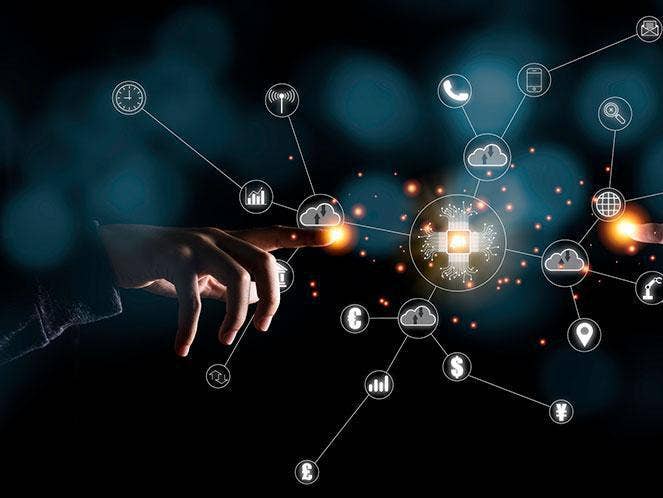
Cybersecurity mesh, data fabric architecture, autonomic systems, generative AI and decision intelligence are all hot strategic trends that CEOs should watch out for in 2022, according to research firm Gartner.
“CEOs know they must accelerate the adoption of digital business and are seeking more direct digital routes to connect with their customers,” said David Groombridge, VP analyst at Gartner, in a statement. “But with an eye on future economic risks, they also want to be efficient and protect margins and cash flow.”
Here are Gartner’s top 12 strategic technology trends for 2022.

Data Fabric
Data fabric is a design concept that acts as an integrated layer (fabric) of data and connecting processes, according to Gartner. It uses analytics over existing metadata assets to support the design, deployment and utilization of integrated and reusable data across all environments.
It can reduce data management efforts by up to 70 percent by using analytics to learn and locate where data is used and recommend how it should be changed.
According to Gartner, data fabric provides a flexible, strong integration of data sources across multiple platforms for different users, making data available everywhere and anywhere regardless of where it’s stored.
Data management agility has become vital for organizations, Gartner stated. Data and analytics experts must look beyond traditional data management practices and move toward modern solutions like AI-enabled data integration to reduce human errors and decrease cost.
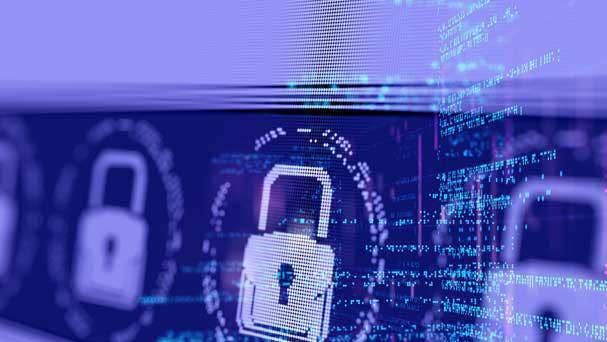
Cybersecurity Mesh
Cybersecurity mesh is a flexible, composable architectural landscape that integrates distributed and disparate security services across a wide environment.
Gartner predicts that by 2024, organizations using a cybersecurity mesh architecture will decrease the costs associated with security incidents by about 90 percent.
Cybersecurity mesh allows for modern day, stand-alone security solutions to work cohesively to improve security overall by shifting control points closer to the assets they’re protecting. To better secure environments, cybersecurity mesh can rapidly verify identity, context and policy adherences across cloud and noncloud environments.

Privacy-Enhancing Computation
Privacy-enhancing computation techniques allow secure data processing, sharing, cross-border transfers and analytics that protect data while it’s being used, according to Gartner.
It safely secures the data processing in untrusted environments, which is becoming more and more critical as privacy and data protection laws continue to evolve. Through privacy-enhancing computation, privacy-protection techniques allow value to be extracted from data while still meeting compliance requirements, according to Gartner.
This technology is increasingly moving from academic research to real-time projects that deliver real value and new forms of computing and decreasing the risk of compromising data breaches.

Cloud-Native Platforms
Cloud-native platforms allow IT leaders to build new applications that are long withstanding and flexible. Cloud adoption has been on the rise since the start of the pandemic, with Gartner predicting that cloud deployments will quickly surpass private data center workloads.
Cloud-native platforms improve on the traditional “lift-and-shift” approach to cloud, Gartner stated. The ever-increasing move to cloud provides an even more urgent need to enhance secure access to the web, cloud services and other cloud-native applications.
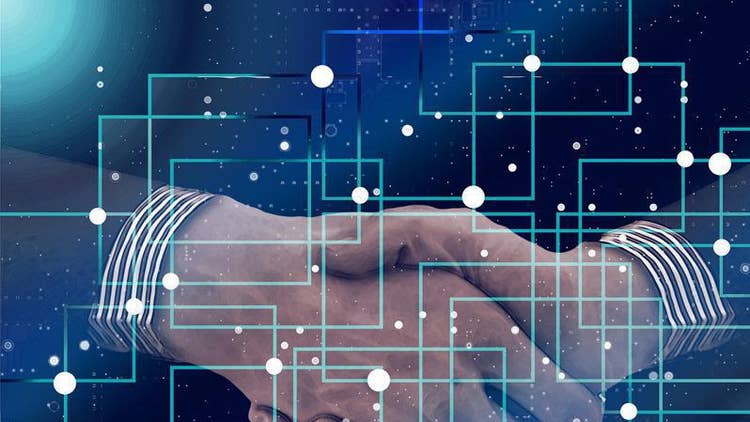
Composable Applications
Composable applications are built from modular components that center around the business environment. They make it simple to use and reuse code, rapidly increasing the time it takes to go to market with new software solutions.
As business needs are rapidly evolving, organizations need to deliver innovation quickly and securely all while simultaneously adapting its applications, according to Gartner. Capabilities must be reassessed from the inside out, understanding and implementing the “composable enterprise.”
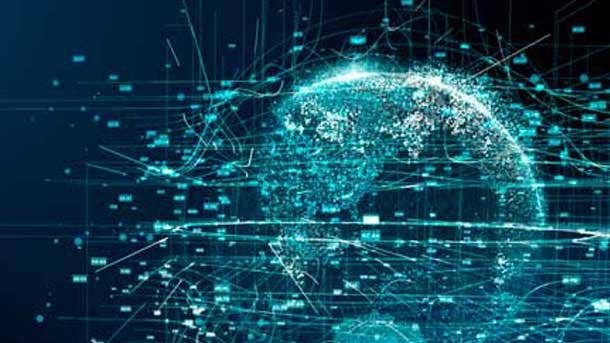
Decision Intelligence
Decision intelligence is the most practical approach to improve organizational decision making, according to Gartner. Effective decision making in modern-day, challenging business environments are critical and require set of processes. Intelligence and analytics are used to inform, learn from and refine decisions, driving new core competencies.
It can support and accelerate human decision making and, potentially, automate it through the use of augmented analytics, simulations and artificial intelligence, according to Gartner.
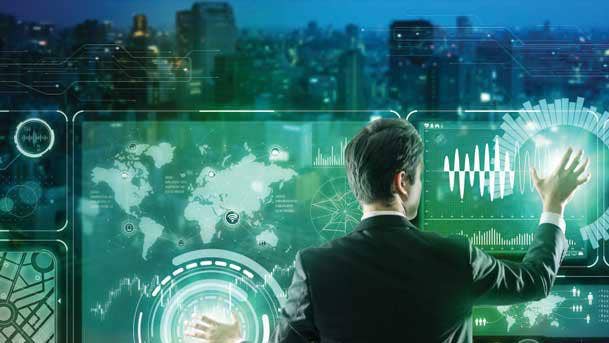
Hyperautomation
Hyperautomation is a unique way to rapidly identify, vet and automate as many business and IT processes as possible. Through artificial intelligence, machine learning, robotic process automation (RPA), integration platform-as-a-service, low-code/no-code tools and more, hyperautomation helps enable scalability and remote operations and fix business model disruptions, according to Gartner.
As a business-driven approach, it can be orchestrated across multiple technologies and is a fast-growing trend as businesses are looking for more efficient and agile ways to organize and address operations.
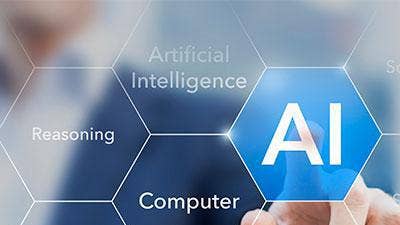
AI Engineering
Artificial intelligence engineering automates updates to data, models and applications to streamline AI delivery, Gartner stated. With strong AI governance, AI engineering can operationalize the delivery of AI to ensure ongoing valued business practices.
This ever-evolving discipline focuses on developing tools, systems and processes that help humans achieve mission outcomes. With the rise in computing power and massive datasets, the creation of new AI, models and algorithms encompass thousands of variables and is capable of making quick and impactful decisions.
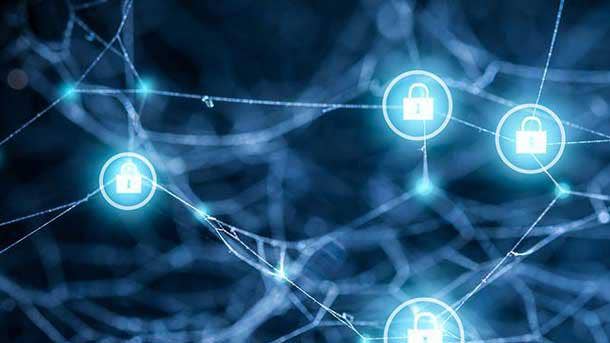
Distributed Enterprises
Distributed enterprises are a reflection of a digital, remote-first business model that improves employee experiences, digitalize consumer and partner touchpoints and builds out product experiences, Gartner stated.
Distributed enterprises, such as a hospital, bank or retailer, better serve the needs of remote employees and customers who increasingly demand virtual services and hybrid workplaces. But with distributed enterprises comes increases security needs as the attack surface for a cybercriminal becomes larger.

Total Experience
Total experience is a strategic business approach that encompasses employee experience, customer experience, user experience and multi-experience across a variety of touchpoints to enable growth within a company, according to Gartner.
Total experience can drive greater company, customer and employee satisfaction, loyalty and advocacy through an intersection of multiple avenues to achieve a transformational business outcome.

Autonomic Systems
Autonomic systems are self-managed physical or software systems that learn from their environments and greatly modify their own algorithms in real time, according to Gartner. This optimizes their behavior in complex environments.
They build a flexible set of technological capabilities that help support new requirements and situations, enhance performance and protect against cyberattacks without human intervention.

Generative AI
Generative AI learns about artifacts from data and generates new creations that are similar to the original, but doesn’t repeat it, Gartner stated. While it advances machine learning, computer vision and edge artificial intelligence drive adoption, it also improves existing process and platforms and helps with organizational needs to streamline and speeds up operations.
Through efficient use of data, models and compute, and responsible AI, generative AI has the potential to create new forms of innovative content accelerate research and development cycles and process in industries from medicine to product creation to engineering.